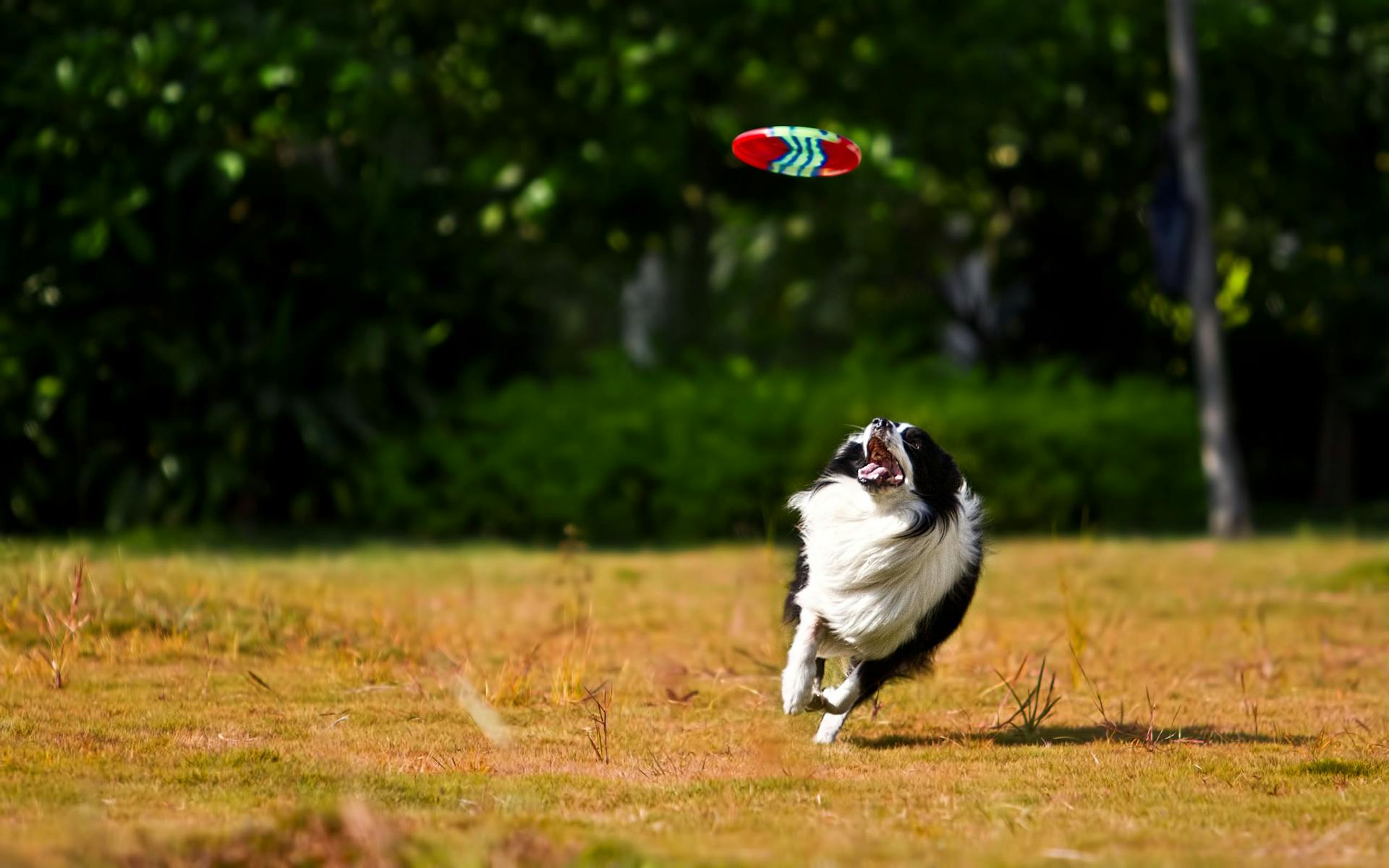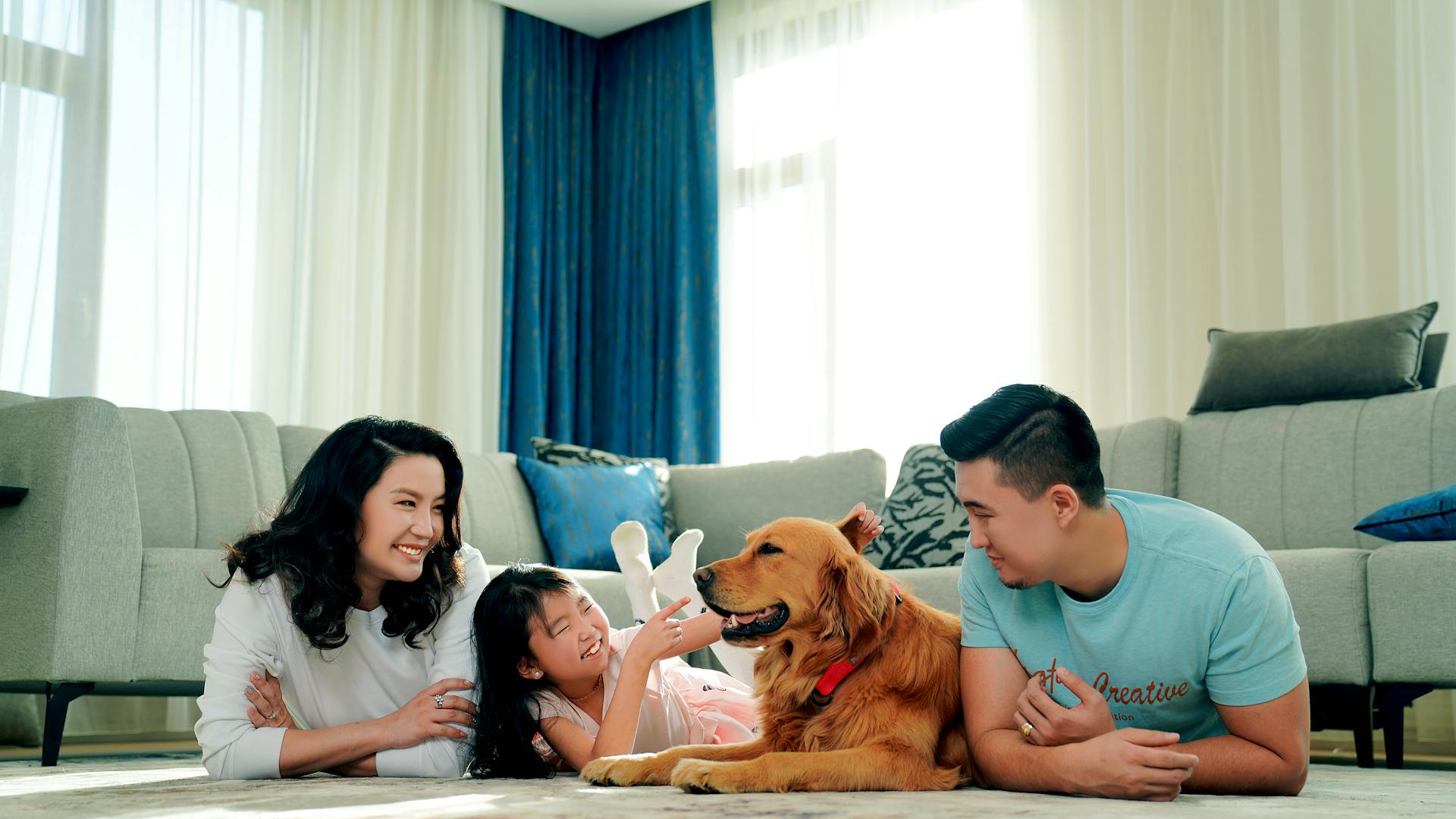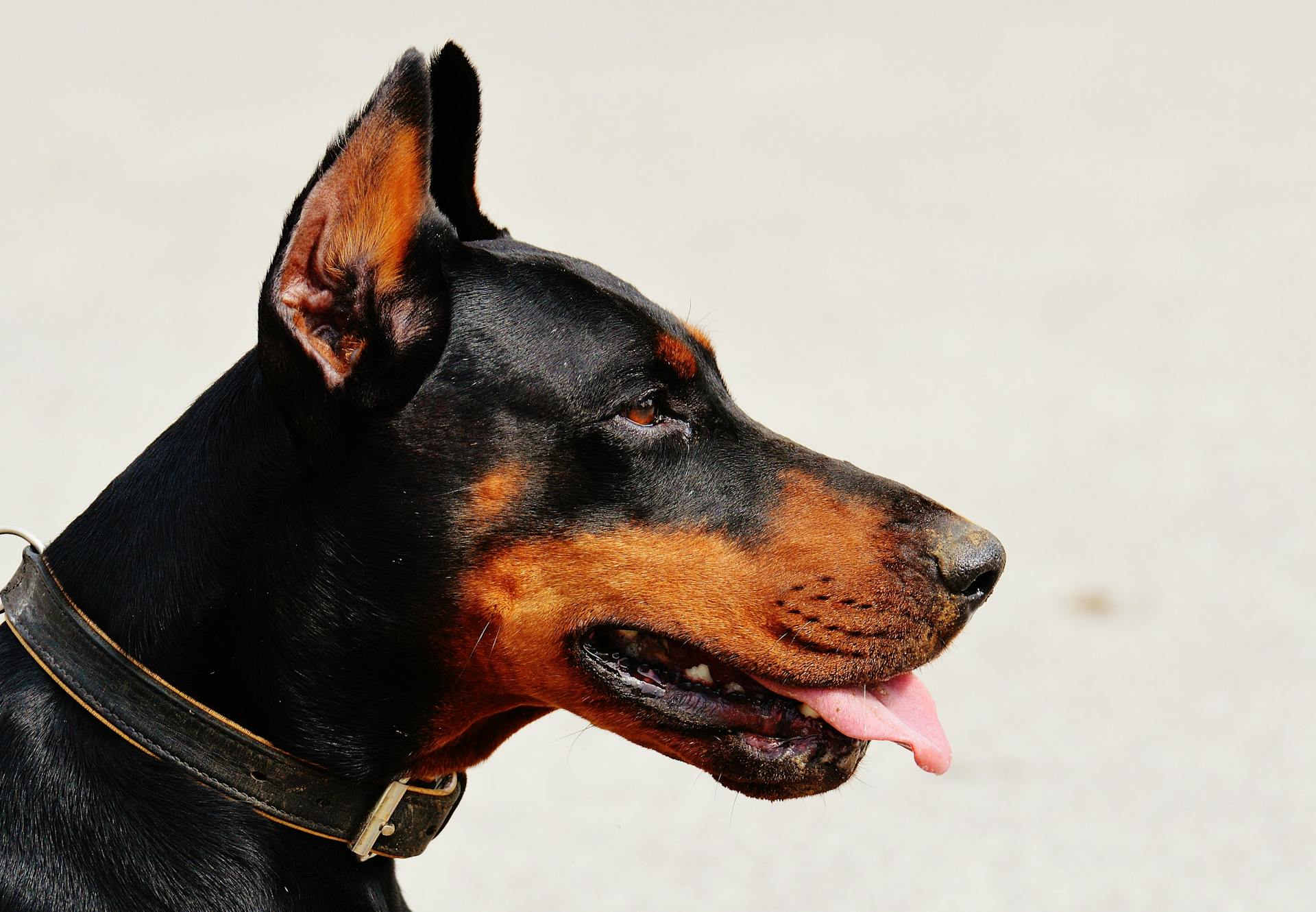
Resource guarding in pets can be a serious issue, especially when it involves humans. This behavior can manifest in various ways, such as growling, snapping, or even biting, when a pet feels their human is too close to their food, toys, or other valuable resources.
Resource guarding is often a learned behavior, and it can be triggered by a variety of factors, including fear, anxiety, or past experiences. For example, a pet may have had a traumatic experience in the past, such as being taken away from their food or being punished for guarding it.
Some pets may also exhibit resource guarding due to their breed or individual temperament. Certain breeds, such as terriers, are more prone to this behavior due to their high prey drive and strong instincts. In these cases, early socialization and training can help mitigate the behavior.
Understanding the underlying causes of resource guarding is crucial in addressing the issue. By identifying the root cause, you can develop a plan to help your pet feel more secure and less likely to exhibit this behavior around humans.
For another approach, see: Is Human Food Better for Dogs
Recognizing the Behavior
Resource guarding can develop at any age, so it's essential to be aware of the signs, even in adult dogs.
Dogs who exhibit resource guarding behavior don't distinguish between people or animals who are going to take something away from them and anyone who's just passing by.
Any dog can be prone to resource guarding, regardless of breed or background, and it's not limited to specific environments.
A dog who stiffens their body over an item, shows a hard stare, or displays "whale eye" (when dogs show the whites of their eyes) may be guarding a resource.
Dogs may guard resources from other dogs, humans, or both, and the guarding behavior can sometimes escalate through levels as a dog perceives an increasing threat.
Lower level behaviors, such as lip lifts, snarling, or growling, are simply warnings, and punishing your dog for these warnings can make the behavior worse.
When Is a Problem?
Resource guarding humans can be a serious issue if it escalates beyond normal communication. Dogs must be willing to give up things they would rather keep, like a plastic bag or turkey bone, to their humans.
In most instances, resource guarding is normal dog behavior, and dogs will simply communicate and back down. However, if a dog threatens to bite their human family when trying to take something away, it's a problem.
Resource guarding is a major cause of aggression toward humans, particularly toward children. Children are less likely to understand the importance of respecting the dog's possessions and are likely to grab for them.
Never leave a child alone with a dog when resources are present, even if an adult is present. Situations can escalate quickly, and you never want to have to say "I wish I had..."
Intriguing read: Why Do Dogs Attack When They Sense Fear
Prevention and Solutions
Preventing resource guarding starts with recognizing the warning signs, such as growling, snapping, or showing teeth when a human approaches a food bowl or toy.
Resource guarding is often a learned behavior, so it's essential to address it early on. For example, if a puppy is fed on a table or countertop, they may associate the surface with food and become protective of it.
A fresh viewpoint: Is It Bad to Feed Dogs Human Food
Some dogs are more prone to resource guarding due to their breed or genetic predisposition. For instance, dogs like Chow Chows and Cane Corsos are known to be more possessive of their food.
To prevent resource guarding, it's crucial to establish a consistent feeding schedule and provide separate spaces for eating and relaxation. This can help reduce competition for resources and prevent tension between dogs.
In some cases, resource guarding can be triggered by anxiety or stress. If your dog is experiencing separation anxiety, it may become more possessive of their food or toys.
Providing plenty of exercise and mental stimulation can help reduce anxiety and stress in dogs. For example, taking your dog on a 30-minute walk or engaging them in a puzzle toy can help calm them down and reduce resource guarding behavior.
All Mammals Guard
All mammals guard, and it's not just about food. In fact, many species will fiercely defend their young, territory, and even their human caregivers.
Chimpanzees, for example, have been observed showing signs of resource guarding towards their group members, and even towards their human caretakers.
Resource guarding is a natural behavior that's been observed in many species, including wolves and dogs.
In the wild, wolves will often defend their kills from other wolves, showing a strong instinct to protect their food.
This instinct is still present in domesticated dogs, who may exhibit resource guarding behavior towards their human family members or other pets.
Frequently Asked Questions
Do dogs guard humans?
Yes, dogs are naturally inclined to guard and protect their pack members, especially vulnerable individuals like babies, children, and pregnant women. This instinctual behavior is rooted in their pack animal nature.
Sources
- https://www.akc.org/expert-advice/training/resource-guarding-in-dogs/
- https://scholarlydog.com/2022/10/27/lets-talk-about-resource-guarding/
- https://demarinisdogtraining.com/resource-guarding-in-dogs/
- https://yourdogsfriend.org/help/resource-guarding-growling/
- https://happyhoundsdogtraining.ca/what-is-resource-guarding-and-how-do-you-prevent-it/
Featured Images: pexels.com


